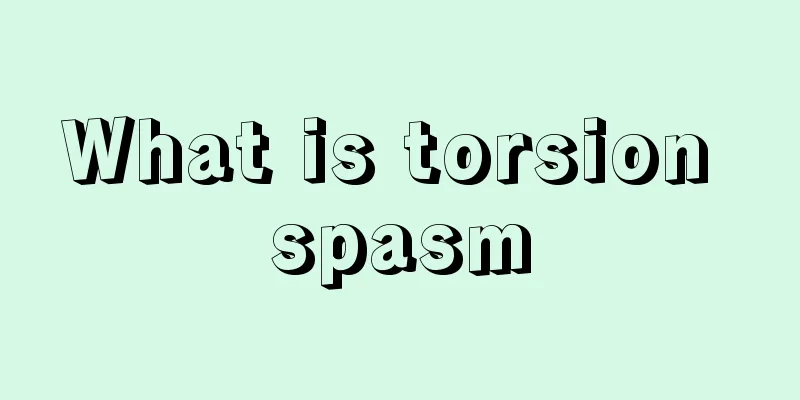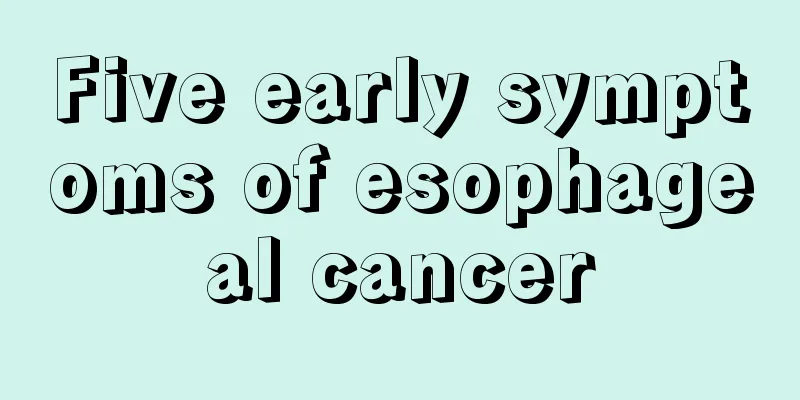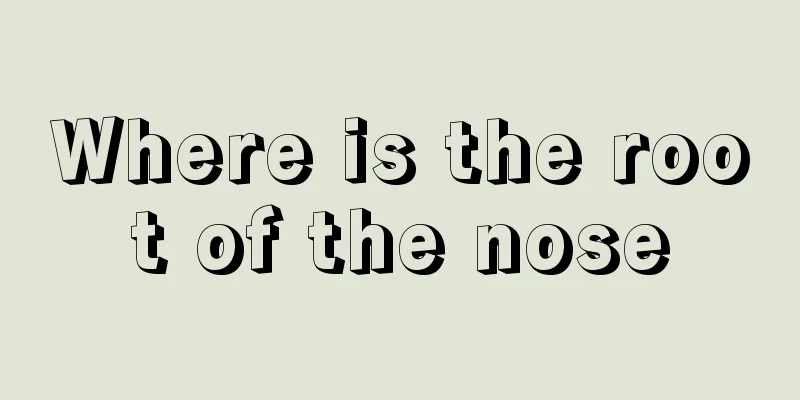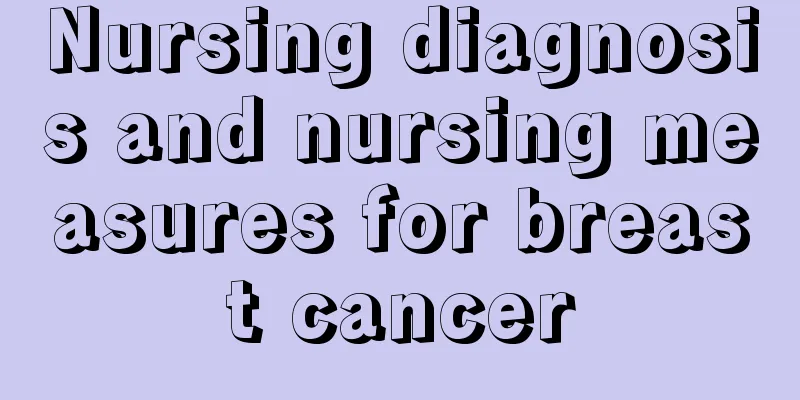What is torsion spasm

|
When it comes to torsion spasm, most people don't know much about it. In fact, torsion spasm is a very common disease in life. Generally speaking, if you suffer from torsion spasm, your limbs or the trunk of your body will not be able to twist at will, which will seriously affect your daily life and work. Therefore, you need to treat it well. When treating it, you need to understand the disease first. What is torsion spasm? What is torsion spasm? Torsion spasm is an extrapyramidal disease caused by abnormal muscle tone. It manifests as whole-body torsion dystonia. Clinically, it is characterized by violent and involuntary movements of the limbs and trunk and abnormal torso posture. Extrapyramidal disorders are caused by lesions in the basal ganglia and nuclei, such as the globus pallidus, caudate nucleus, putamen, thalamus, nucleus pulposus, and red nucleus. For torsion spasms, muscle relaxants, such as oral baclofen, can be used to achieve a certain therapeutic effect; deep brain stimulation can also be used to destroy basal ganglia lesions to achieve the purpose of radical cure. Torsion Spasticity Symptoms and Treatment Torsion spasm is a group of extrapyramidal diseases characterized by paroxysmal torsional hypertonia of the trunk or limbs. It is more common in school-age children and adolescents. The initial symptoms of torsion spasm are mostly mild movement disorders in one lower limb, with the foot being inverted and the heel unable to touch the ground when walking. The slow and continuous involuntary torsional movements are most severe in the trunk and proximal limbs, causing lordosis of the spine and pelvic tilt. When the involuntary movements involve the neck and shoulder girdle muscles, torticollis occurs; when the facial muscles and throat muscles are involved, facial spasm and difficulty in hearing are caused. The symptoms of torsion spasm will worsen when the patient makes voluntary movements or is mentally stressed, and will completely disappear after falling asleep. Muscle tension increases during the twisting movement and returns to normal or decreases after the twisting movement stops. Recessive hereditary torsion spasm often develops progressively and has a poor prognosis. Most patients die several years after onset, but some patients may not progress for a long time or even relieve themselves. Treatment is a combination of medication, surgery, and rehabilitation therapy. It cannot be cured, but it can improve symptoms, reduce abnormal movements, and reduce pain caused by muscle spasms. The drugs include levodopa, antan, baclofen, etc. For patients with more severe symptoms, brain pacemaker treatment can be feasible, which has a better improvement effect. Brain pacemaker therapy can effectively relieve dystonia and improve symptoms in patients with torsion spasm. Moreover, brain pacemaker therapy has the advantages of reversibility and adjustability, and causes no permanent damage to tissues. The surgery can be performed unilaterally or electrodes can be implanted for stimulation on both sides simultaneously. |
<<: What will happen if facial spasm is not treated
>>: What to do if you have cranial nerve spasm
Recommend
How to choose commonly used drugs for bile duct cancer
Drug therapy is also an important method for trea...
Is colon cancer invading the bladder in the late stage?
Invasion of the bladder by colorectal cancer usua...
20 early symptoms of laryngeal cancer
Laryngeal cancer is a common malignant tumor amon...
How much does radiotherapy for breast cancer cost?
The cost of radiotherapy varies greatly in differ...
What are the benefits of drinking Acorus calamus soaked in water?
Soaking Acorus calamus in water can eliminate dam...
Tips for removing formaldehyde from new furniture
Many families who have just renovated their house...
What should I do about cervical precancerous lesions? Is the chance of cervical precancerous lesions high?
The onset of cervical cancer does not happen over...
Can I drink dandelion water during my menstrual period?
Dandelion is a very common plant in daily life. D...
Can recurring breast cancer be cured?
Whether breast cancer recurrence can be cured can...
Early symptoms of breast cancer
There are generally no obvious symptoms in the ea...
Using fingernails to test paternity
Many people need to do paternity testing for vari...
What are the methods for refrigerating crabs?
Generally, we store the leftover crabs in the ref...
What is the difference between skin cancer and white mole
Almost everyone has moles on their bodies. Most m...
Early symptoms of thyroid cancer
The early symptoms of thyroid cancer are usually ...
What are the hazards of removing freckles and peeling off the film
For many women, they do not allow themselves to h...









